
Anatomy Clipart Stomach Digestive System Organs 1024x1024 PNG
Digestive system diagram Yaja' Mulcare The digestive organs in the abdomen do not work alone. They depend on organs in the mouth and chest, such as the esophagus and tongue, to help chew, move.
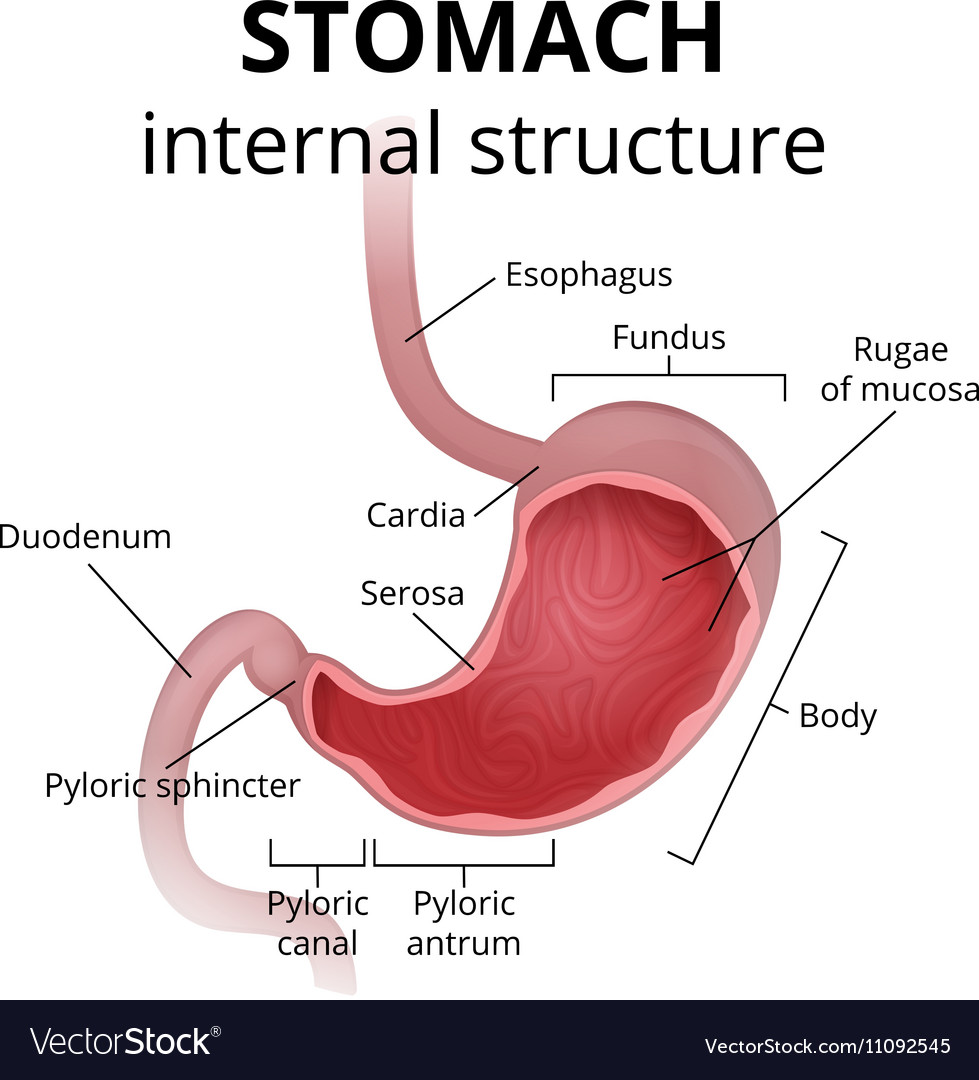
Anatomy Of Stomach Anatomy Book
PIXOLOGICSTUDIO/SCIENCE PHOTO LIBRARY/Getty Images By Regina Bailey Updated on May 09, 2019 The stomach is an organ of the digestive system. It is an expanded section of the digestive tube between the esophagus and small intestine. Its characteristic shape is well known.

The Main Function of the Stomach in Digestion and How to Support Digestion
The stomach receives innervation from the autonomic nervous system: Parasympathetic nerve supply arises from the anterior and posterior vagal trunks, derived from the vagus nerve. Sympathetic nerve supply arises from the T6-T9 spinal cord segments and passes to the coeliac plexus via the greater splanchnic nerve. It also carries some pain.

Stomach(human anatomy and physiology) definition, different parts and
Browse 2,756 human stomach internal organ photos and images available, or start a new search to explore more photos and images. NEXT Browse Getty Images' premium collection of high-quality, authentic Human Stomach Internal Organ stock photos, royalty-free images, and pictures.
.PNG)
Digestive System Presentation Biology
stomach, saclike expansion of the digestive system, between the esophagus and the small intestine; it is located in the anterior portion of the abdominal cavity in most vertebrates. The stomach serves as a temporary receptacle for storage and mechanical distribution of food before it is passed into the intestine.
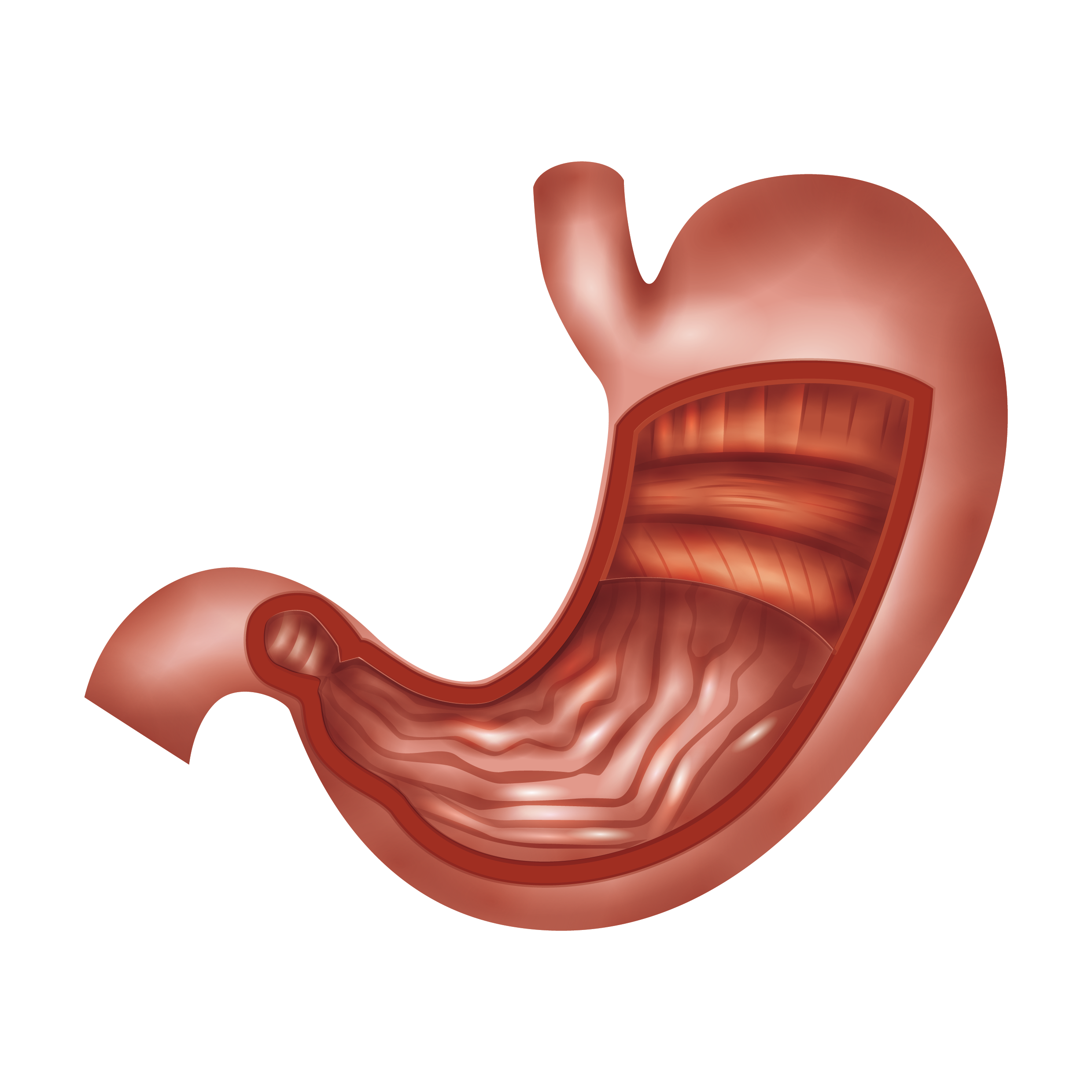
Stomach clipart stomach organ, Stomach stomach organ Transparent FREE
Overview The digestive system is made up of the gastrointestinal tract-mouth, esophagus, stomach, small & large intestine, and rectum. What is the stomach? The stomach is a J-shaped organ that digests food. It produces enzymes (substances that create chemical reactions) and acids (digestive juices).
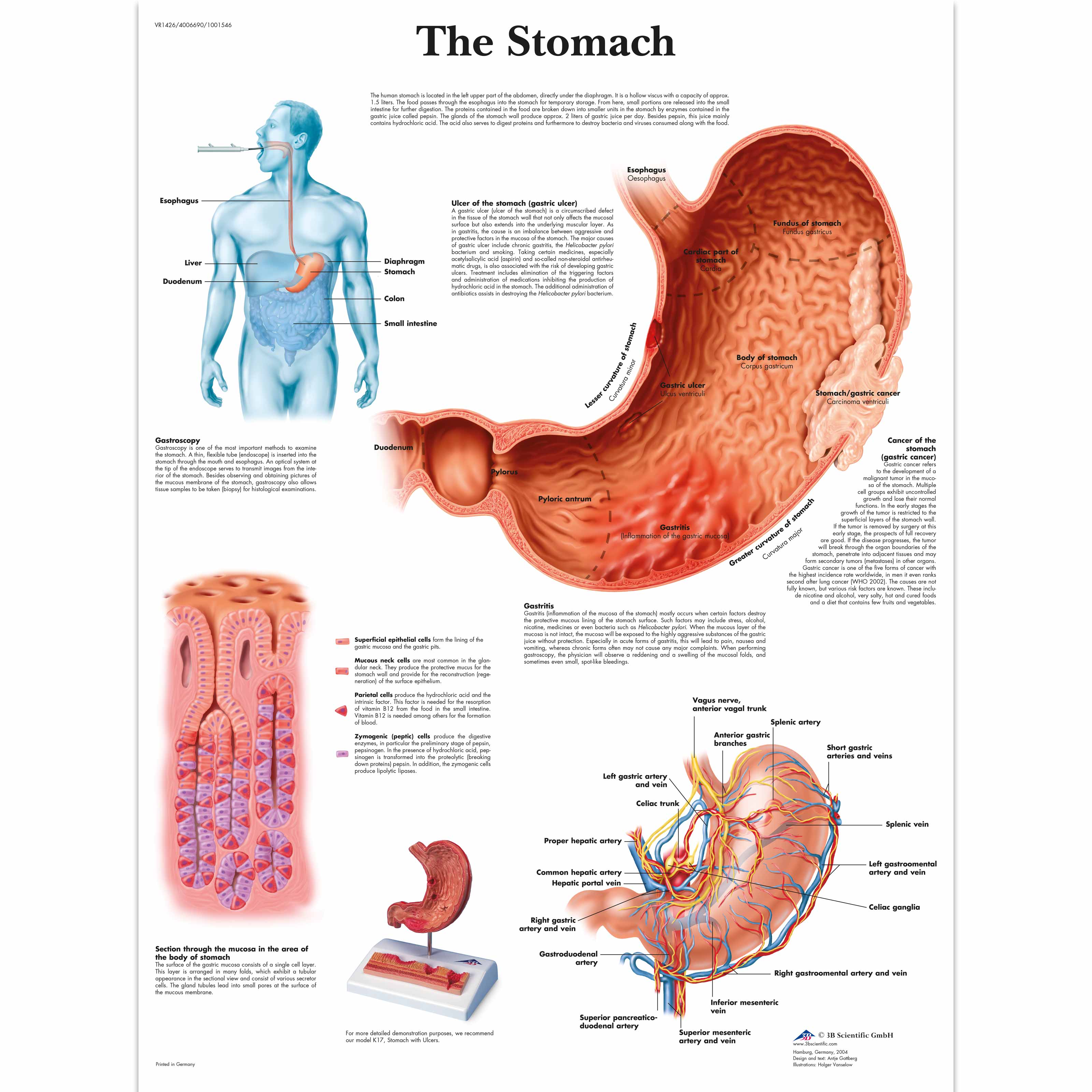
Anatomical Charts and Posters Anatomy Charts Digestive System
Food's Journey Through the Digestive System.. Stop 3: The Stomach and Small Intestine. The stomach is a sac-like organ with strong muscular walls. In addition to holding food, it serves as the.

The Stomach Organs Parts, Anatomy, Functions of the Human Stomach
1/4 Synonyms: Ventriculus The stomach is an organ of the digestive system, specialized in the accumulation and digestion of food. Its anatomy is quite complex; it consists of four parts, two curvatures and receives its blood supply mainly from the celiac trunk. Innervation is provided via the vagus nerves and the celiac plexus .

Structure and function of stomach anatomy system Vector Image
The digestive system is a group of organs working together to convert food into energy and basic nutrients to feed the entire body. Food passes through a long tube inside the body known as the alimentary canal or the gastrointestinal tract (GI tract). The alimentary canal is made up of the oral cavity, pharynx, esophagus, stomach, small.

Something to Digest—How Your Stomach Functions Ask The Scientists
Structure In the human digestive system, the stomach lies between the esophagus and the duodenum (the first part of the small intestine ). It is in the left upper quadrant of the abdominal cavity. The top of the stomach lies against the diaphragm. Lying behind the stomach is the pancreas.
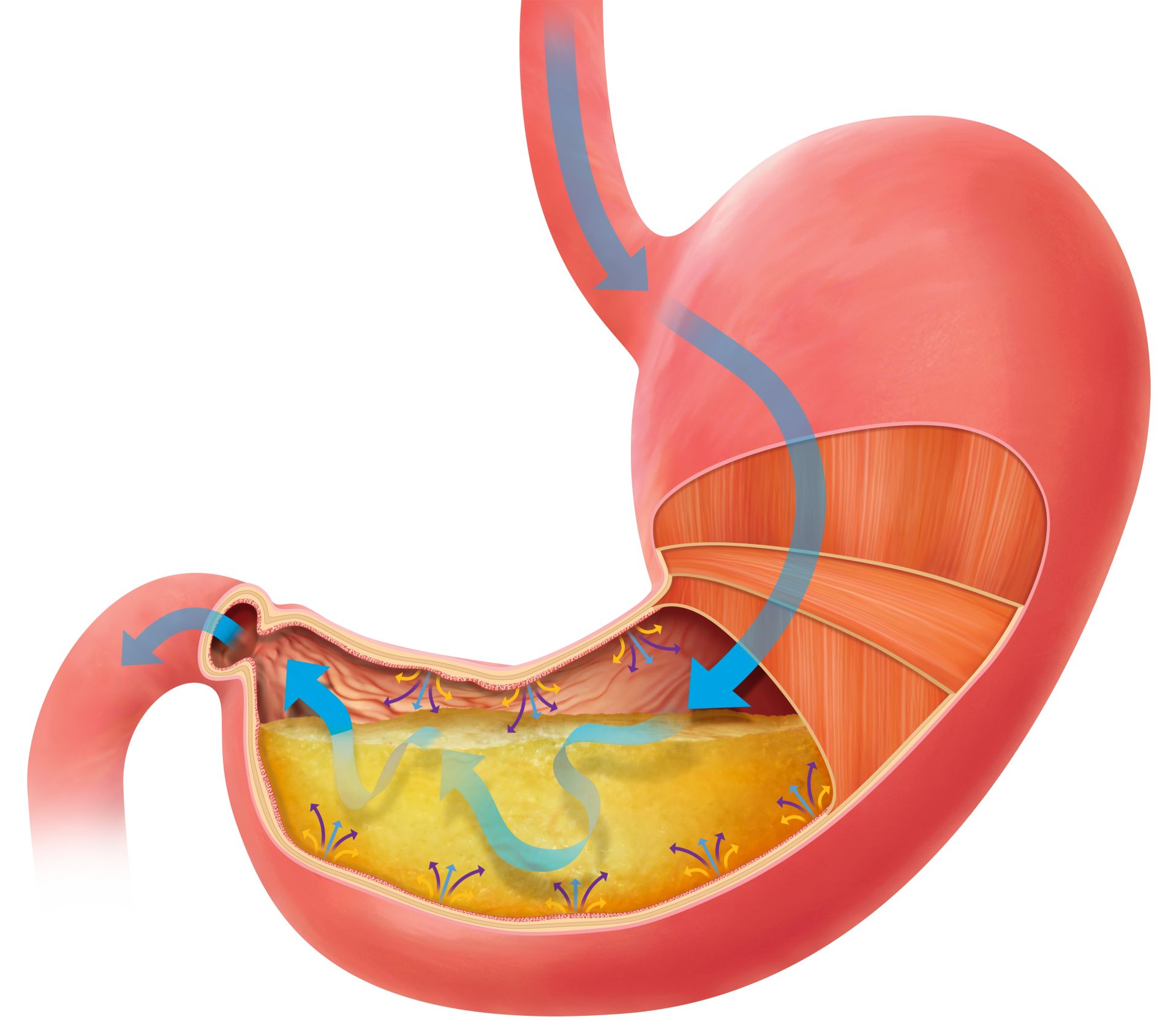
Human Stomach How Does the Stomach Work DK Find Out
Overview. The esophagus, stomach, large and small intestine, aided by the liver, gallbladder and pancreas convert the nutritive components of food into energy and break down the non-nutritive components into waste to be excreted. Updated by: Todd Gersten, MD, Hematology/Oncology, Florida Cancer Specialists & Research Institute, Wellington, FL.
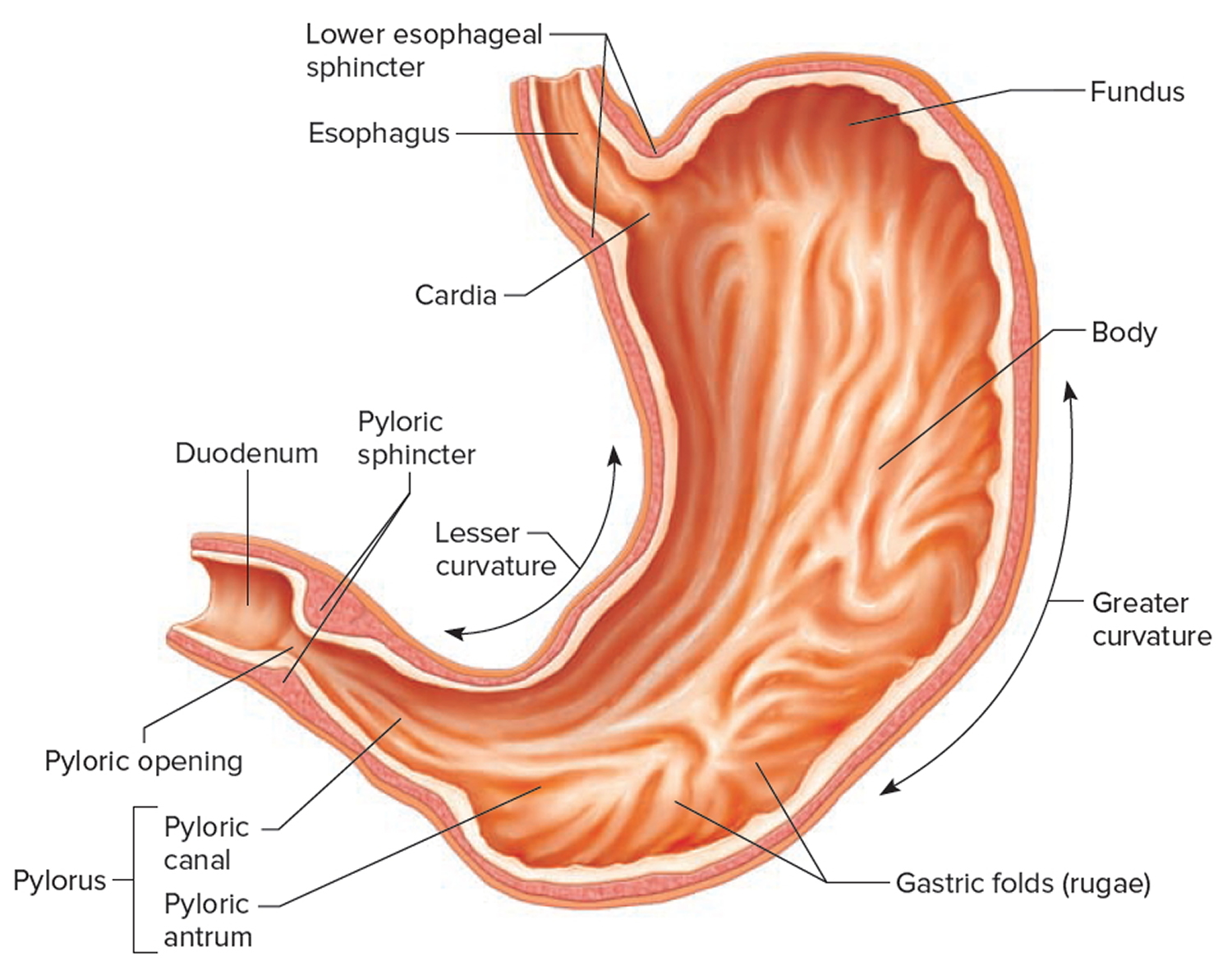
The Stomach Organs Parts, Anatomy, Functions of the Human Stomach
3d illustration of human body digenative system The human digestive system consists of the gastrointestinal tract plus the accessory organs of digestion (the tongue, salivary glands, pancreas, liver, and gallbladder). stomach anatomy stock pictures, royalty-free photos & images
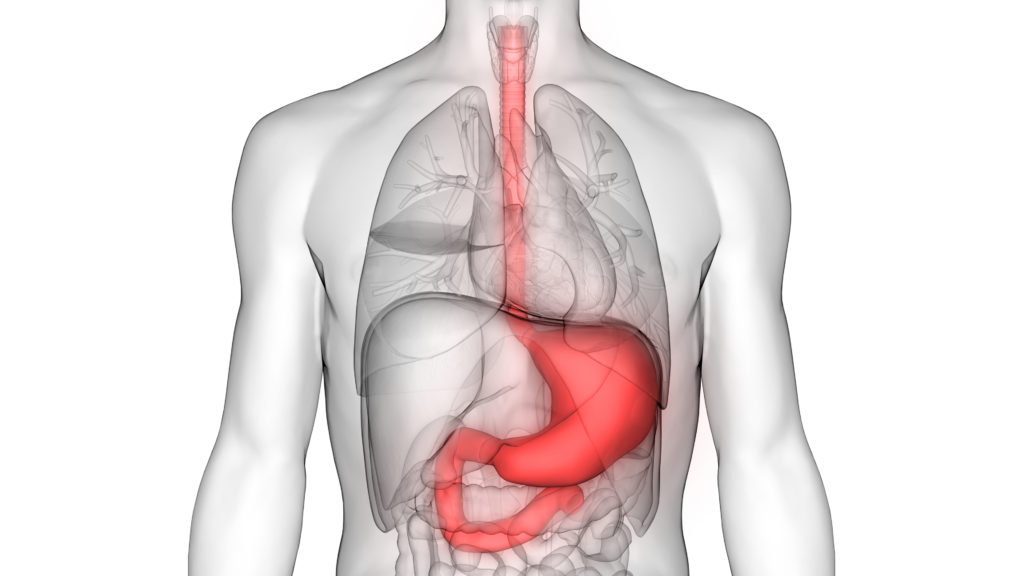
Esophagus and Stomach Cancer Symptoms, Diagnosis, and Treatment Saint
The stomach is a muscular organ that is found in our upper abdomen. If we were to locate it on our bodies, it can be found on our left side just below the ribs. In simple terms, the stomach is a kind of digestive sac. It is a continuation of the esophagus and receives our churned food from it. Therefore, the stomach serves as a kind of.

Label The Human Stomach
Human body Digestive System Stomach Stomach Stomach The stomach is on the upper-left area of the abdomen below the liver and next to the spleen. It stores and breaks down the foods and.
:max_bytes(150000):strip_icc()/what-is-wrong-with-my-stomach-4138111-5c454a7cc9e77c0001b21d85.png)
Symptoms of Common Stomach and Digestive Problems
The gastrointestinal (GI) tract is a collection of organs that allow for food to be swallowed, digested, absorbed, and removed from the body. The organs that make up the GI tract are the mouth, throat, esophagus, stomach, small intestine, large intestine, rectum, and anus. The GI tract is one part of the digestive system.
Anatomy and Physiology 2 Eportfolio Objective78 Baby Steps Explain it
Overview. The stomach is the first intra-abdominal part of the gastrointestinal (GI), or digestive, tract. It is a muscular, highly vascular bag-shaped organ that is distensible and may take varying shapes, depending on the build and posture of the person and the state of fullness of the organ (see the image below). The stomach lies in the left.